Qianjiang, Chongqing | The city is on a canyon, and the canyon is in the center of the city
When it comes to Chongqing, the first labels that come to mind may be "foggy city", "bridge city", "9D magical city", and "city that makes the map lose its way". Entering this city, one feels incredibly comfortable with the popular check-in spot of Hongyadong, the historically rich Ciqikou, and the light rail passing through Liziba.
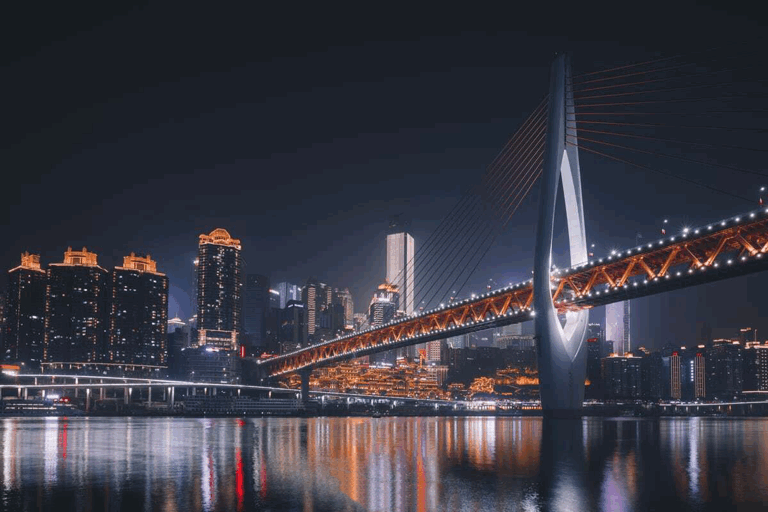
The charm of Chongqing is not limited to its well-known urban areas. Following the footsteps of the Guangzhou tour, we have opened up a new way of visiting Chongqing. We only found out that it covers 26 districts, 8 counties, and 4 autonomous counties, and there are so many great scenic spots worth exploring in the surrounding areas, such as Wulong and Qianjiang.
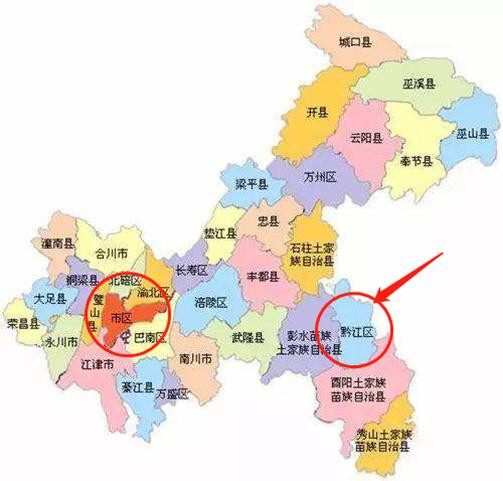
In late autumn, we marvel at the ghostly axe skills of nature amidst the high mountains, canyons, and waterfalls in the karst landscape, and linger in the beautiful mountains and rivers of southwestern China. From November 1st, 2019 to February 28th, 2020, Qianjiang Balahu Scenic Area, Shengui Gorge Scenic Area, and Zhuoshui Scenic Area will offer a 50% discount on tickets for individual tourists from Guangdong. They can also sign up for the Star Official Exciting Route of Guangzhou Tour.
The Wizard of Oz, Wulong Fairy Mountain Grassland
The first stop of this trip is the Fairy Mountain Grassland in the 5A level scenic spot Fairy Mountain National Forest Park in Wulong. It is located at an altitude of 2033 meters and is known as the "number one alpine meadow in the south". The annual average temperature here is below 11.2 ℃, and the climate is very pleasant. It is a wonderful vacation destination for hiking, summer retreat, autumn appreciation, and snow viewing. The forest sea, peculiar peaks, grasslands, and snow plains are the "four wonders" of Xiannv Mountain.
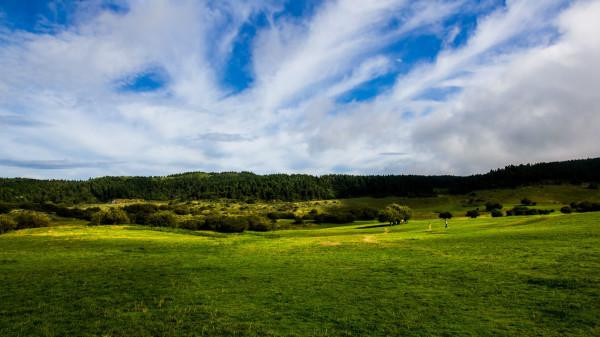
Fairy Mountain Grassland (Figure_Wulong District Cultural and Tourism Development Committee)
Walking along the winding mountain road, the fog gradually spread along the way, and the scenery outside the window was shrouded in a hazy haze. Along the way, we passed a road lined with ginkgo trees on both sides. In late autumn, the entire road was golden, and cars drove in the center, as if entering a fairy tale world.


Along the way, you can see several small horses leisurely strolling along the roadside. As the altitude increases, the temperature also decreases. The straight trees and shallow water pools are shrouded in mist, giving off a Nordic flavor. No wonder the Fairy Mountain grassland is also known as the "Switzerland of the East".

Stepping into the grassland, it feels like stepping into a fairyland: although the visibility is less than 50 meters, the thin mist gives it a sense of mystery. Standing in the damp and cool air, and on the soft grassland underfoot, take a few minutes to capture a large shot with a 'fairy aura'.
Favorite filming location for blockbuster films: Tiansheng Sanqiao
A few years ago, the program "Where Are We Going, Dad?" presented the magnificent karst landscape of Wulong, which left a deep impression and made Wulong widely known thereafter. The Tiansheng Sanqiao Scenic Area we visited on this trip is also the filming location for internationally acclaimed works such as famous director Zhang Yimou's "Curse of the Golden Flower" and anime fans' favorite "Transformers: Age of Extinction".

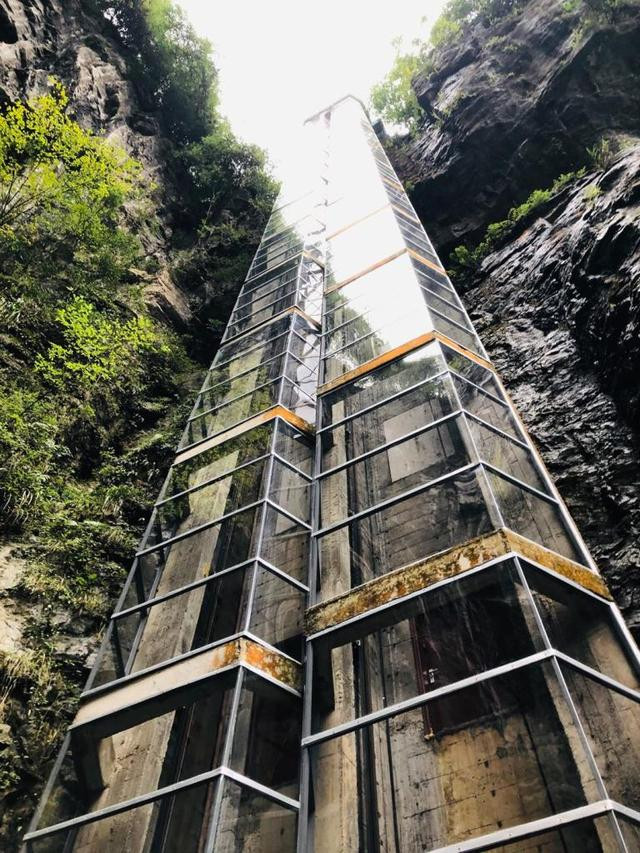
A single story observation elevator with a height of up to 80 meters
The scenic area is mainly composed of three grand and majestic natural stone bridges, with an average height of over 300 meters. Stepping into the 80 meter high single story observation elevator, I was immediately shocked by the scenery in front of me: the Tianlong Bridge, which is hundreds of meters high, stretches in front of me, and people appear incredibly small in the deep canyon.

On the stone wall below the north opening of Tianlong Bridge, there is a protruding part that looks like an elephant. It was formed by the erosion of groundwater and the cutting of water flow, and has existed for millions of years.


Tianfu Official Post
There is a quaint Chinese style building beneath the wharf, blending seamlessly with the surrounding lush green trees and towering canyons. This is the only outdoor filming location for "Curse of the Golden Flower" - Tianfu Official Post. After the filming of the movie ended, this post station was preserved and became a tourist center, adding a touch of chivalry to the peaceful and natural valley. I cannot help but admire the director's unique vision.
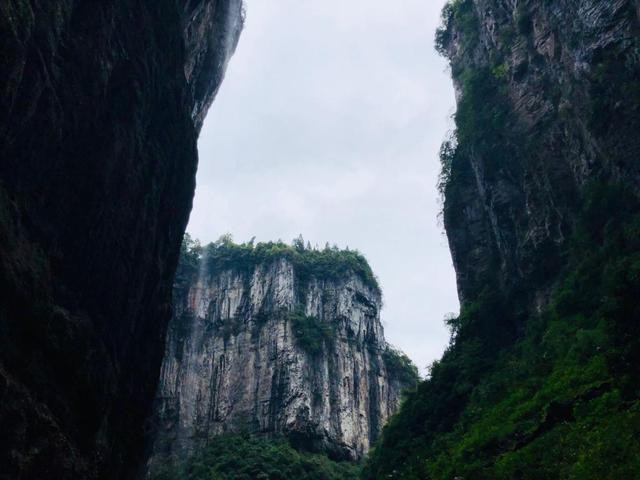
The highest among the three stone bridges, Qinglong Bridge, is named after the waterfall that cascades from the bridge deck after rain, turning into mist and the sunlight into a rainbow, resembling a blue dragon soaring straight up.
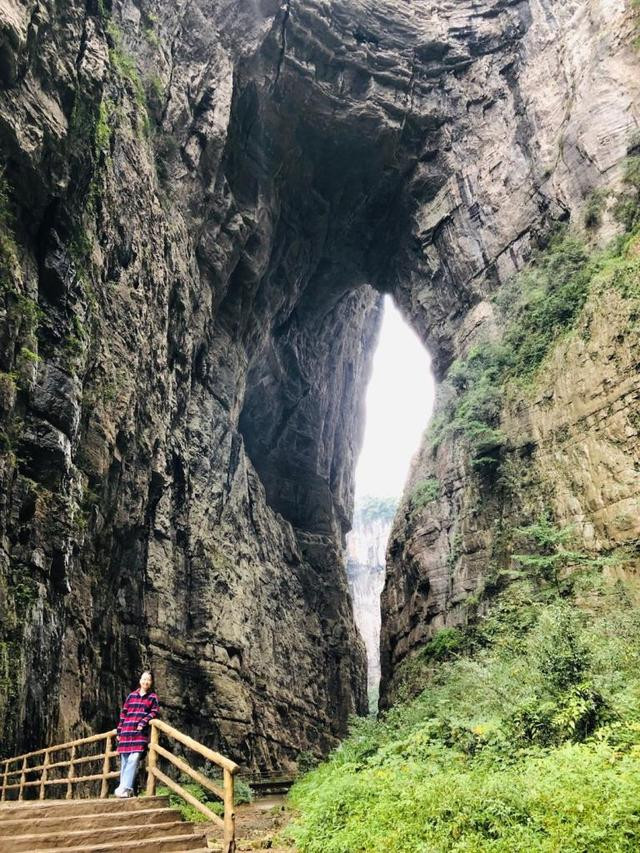

There is a statue from Transformers: Age of Extinction standing between the Divine Eagle sinkholes ahead. The shocking scene of Optimus Prime holding a sword and shield fighting the leader of the robot dinosaur team, Tyrannosaurus Rex, "Steel Lock," in a sinkhole was filmed here in the movie.
The Black Dragon Bridge is deep and quiet, with clear waterfalls and gurgling streams at the feet. Walking through it, one can deeply feel the connection with nature. It is said that a bridge expert exclaimed after visiting that he had never built such a magnificent and beautiful bridge in his lifetime. Human civilization is worthy of praise, while the incredible craftsmanship of nature is even more awe inspiring!


Recommended accommodation in Wulong:
The four-star mountain view resort hotel - Huabang Hotel, has a very artistic decoration. Adjacent to the Fairy Mountain Grassland, it is also very convenient to go to the Tiansheng Sanqiao Scenic Area.

The city canyon that purifies the soul: Qianjiang Barahu Scenic Area
Qianjiang District is a popular summer resort in Chongqing, but it is rarely known to the outside world and has a long history of over 1800 years. Three quarters of the population here are Tujia and Miao ethnic groups, with rich ethnic customs. With a forest coverage rate of up to 64%, it is known as the "backyard of Chongqing" and the "forest oxygen bar of China".

Figure_Qianjiang District Government
The Balahu Scenic Area is located at the core of the old and new cities of Qianjiang. Balahu means "canyon" in Tujia language and includes the only urban canyon in China and a rare conglomerate cave group in the world. The canyon is 10 kilometers long, with an average depth of 200 meters and a vertical drop of 500 meters, which is truly spectacular.

The Grand Canyon deep in Barahu


Figure_Qianjiang District Government
Close to the glass walkway with a length of more than 300 meters, adventurous tourists should not miss it: the brook below is clearly visible, which is very courageous. According to the guide, in addition to this glass walkway, another glass walkway connecting the two gorges will be built in the scenic area next year, which must be a more exciting experience.


Walking onto the sloping boardwalk that spans halfway up the mountain, standing on the boardwalk, one can see the winding river water gurgling through the vertically towering canyons on both sides, and enjoy the magnificent scenery on both sides.
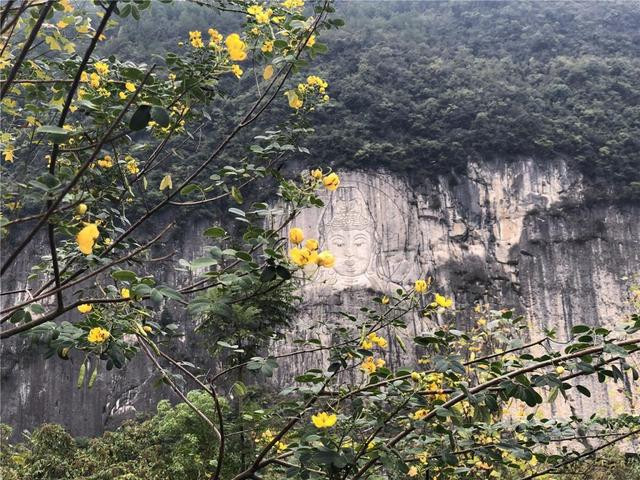
Giant Cliff Avalokitesvara Statue
The huge cliff statue of Guanyin, which broke the Guinness World Record and reached a height of 123 meters, was once burned down, and the upper part was restored to two different colors. The statue is recessed as a whole, and Guanyin's gaze is fixed straight ahead from all angles. It is truly ingenious to present such a challenging portrait on a towering cliff.
Time travel journey: Puhua River in Qianjiang
Puhua Anhe is a tributary of the mother river of Qianjiang, the Apeng River. It is named Puhua River because the river is lined with Acorus calamus on both sides and the flowers fly with fluff during the blooming season. It is also called an underground river because the river flows into caves that are beyond reach.

Riding on an ancient wooden boat, the canyons on both sides are towering and deep. The tour guide introduced that an ancient hanging coffin is placed in the cave at the waist of the mountain, which is also one of the local characteristics of Chongqing.

The Naturally Formed 'Sky Has Eyes' Picture by Qianjiang District Government
There are also three stone bridges in the Puhua Anhe Scenic Area, which are different from the Wulong Tiansheng Three Bridges in that they cross the road into the Anhe one by one. The hollowed out part above resembles the shape of an eye, which is naturally formed and is vividly called 'the sky has eyes'.

Figure_Qianjiang District Government
The boat gradually entered the 2-kilometer-long dark river, and the light became weaker and weaker. Turn off the searchlight at the bow of the ship and immediately enter darkness. This feeling is indeed like experiencing a time travel.

Diaojiaolou Community Tujia Water Town: Qianjiang Zhuoshui Ancient Town
The first thing that catches the eye upon entering the gate of the ancient town is the statue of the guardian deity of the Tujia ethnic group - the White Tiger, which appears very sacred against the backdrop of the ancient Tujia houses and the vast green mountains in the distance. Zhuoshui Ancient Town is a millennium old town that integrates water transportation docks, Tujia stilt houses, and commercial markets. The layout of the ancient town streets and alleys is relatively well preserved, with a strong flavor of the ancient town in southeastern Chongqing.




The most anticipated thing in the ancient town is the world's longest wind and rain covered bridge - Canglang Bridge. The covered bridge is 638 meters long and entirely made of wood. It is said that not a single rivet can be found on the bridge. The pattern of the bridge pillars is the Tujia brocade - Xilan Kapu. It can be said that this covered bridge is full of artistic sense from top to bottom and from the inside out. The traditional Chinese red lanterns are hung on both sides of the corridor bridge, complemented by the dark wooden structure inside, which is very charming.

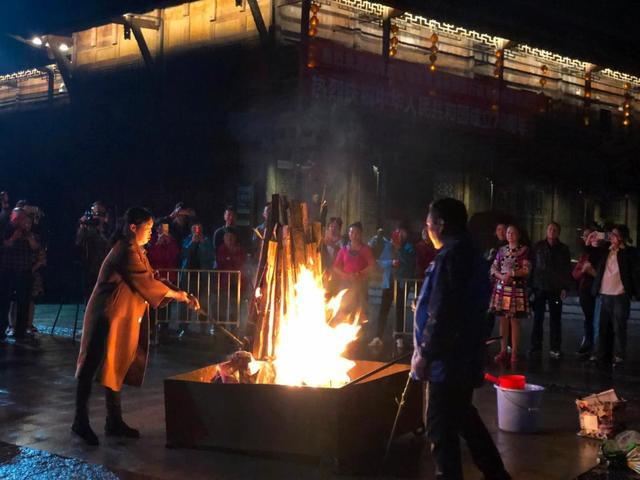
At night, a bonfire party was held outside the gate of the ancient town. After the classic folk song segment of the Tujia ethnic group, everyone began to sing and dance around the bonfire. The enthusiasm and versatility of the Tujia ethnic group make guests reluctant to leave.

The rain and wind covered bridge during the day, peaceful and solemn




Strolling around the ancient city, gaining a wave of leisure
Recommended accommodation in Qianjiang
The Ba Mao Island Hotel is located at the end of the Wind and Rain Corridor Bridge, with a distant view of the corridor from the room. You can also go to the Ba Mao Xuan restaurant across the street to taste Qianjiang specialty cuisine such as chicken offal.

↓↓
On the way back, the magnificent sinkholes, ravines like natural barriers, mysterious underground rivers, and elegant Chinese style covered bridges are deeply imprinted in my mind and cannot be erased. This land of God's ingenuity, we will surely meet again.
Previous Article:Chongqing Urban Renewal | Zengjiayan Cliff Trail: Connecting History and Today's Ridge Line (Part 1)
